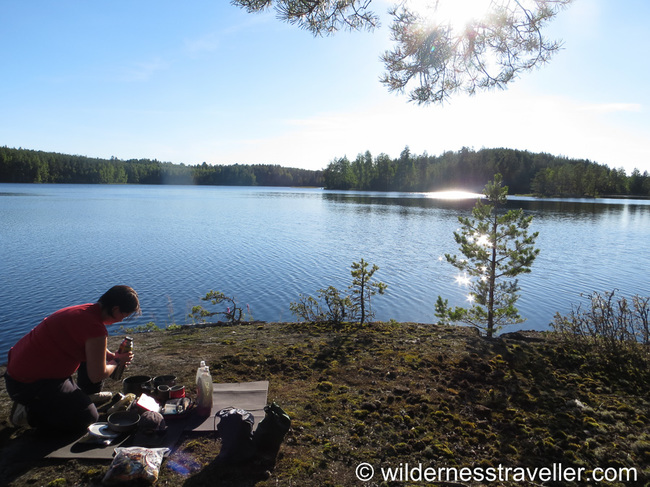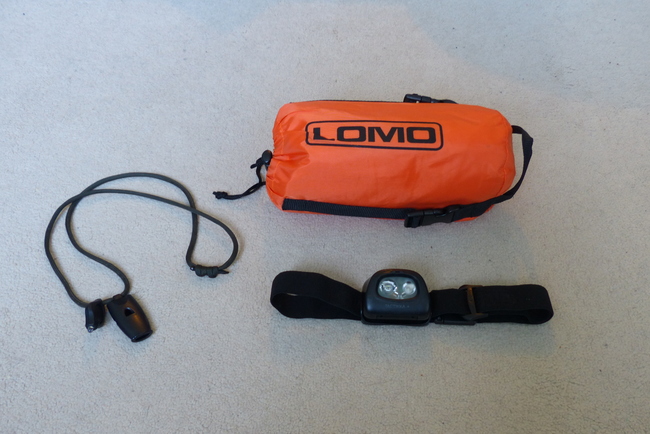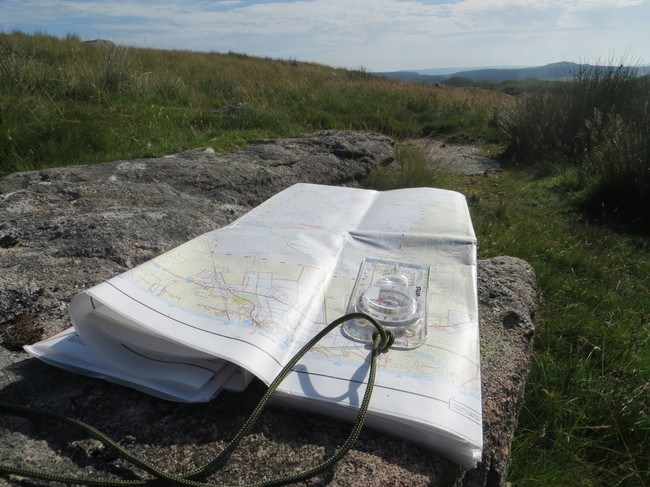Getting lost is something that can happen to anyone, even those that are experienced at wilderness navigation. It can begin with a slight sense of unease and quickly escalate into a full state of panic if you don’t keep a clear head when faced with some geographical confusion.
It’s a situation I was faced with last year when spending two weeks canoeing around Lake Saimaa in Finland. It had been a long and very hot day. We’d been paddling for eight hours solid to find our next camp site and I was getting thirsty and tired. A perfect recipe for a navigational mishap as I was about to find out.
The route was straightforward enough. Just follow the shoreline until we reached the portage over a small road. In our desire to find a place to spend the night we’d accidentally missed the portage and continued a couple of kilometres passed where we should have been. The landscape didn’t look as I was expecting it to and I started to make some basic errors.
I consider myself a reasonable navigator having had plenty of practice over the years. Under normal circumstances I would have realised my mistake quickly and been able to correct it.
As we approached a group of islands I checked the map and couldn’t see them marked at all. I tried to convince myself that the map must be wrong and that they hadn’t been marked.
At this stage I was feeling anxious. The sun was still beating down and I was getting frustrated that the map just wasn’t matching up with what I was looking at. In my growing state of panic I also forgot to take into account magnetic declination when taking a bearing from the map.
That made my bearings 10 degrees out from where they should have been and increased my sense of confusion.
In the back of my head I knew that we hadn’t gone far wrong and it would be easy enough to head back the way we had come to a point I recognised. This unfortunately was overridden by a desire to press on and find the right route. A dangerous feeling but one that’s all too common when people are lost.

It was time to stop and make camp. Sometimes this is the best option, rather than continue on and make further navigational errors.
We continued (heading the wrong direction) for a while longer before I made an important decision. I decided that we needed to stop and pull over to shore. I knew that I needed to get a grip of the situation and that meant getting out of the sun and refueling before making any more decisions.
The spot that we pulled ashore was a suitable place for making camp for the night and gave me time to think about how to resolve our situation. After taking some time to relax and compose myself I remembered that there had been excellent phone reception along the whole journey.
I took out my mobile and checked Google Maps to see if I could get a fix on our location. After a few seconds it pinpointed exactly where we were and allowed me to make sense of the map again and work out a route to get back on track the next morning.
I can’t emphasise enough the importance of stopping when you are feeling lost. It will prevent you from making a situation worse. Fortunately I was able to recognise the signs in myself and knew that the best thing to do was take a break and relax before making any more navigational decisions.
If you find yourself in a similar situation, then remember to STOP. Not only is it the first thing that you should do but it’s also a very useful acronym which stands for stop, think, observe and plan.
[bctt tweet=”When lost, STOP is a very useful acronym which stands for stop, think, observe & plan.”]Stop
Exactly as I’ve said. You need to physically stop. Whether that’s pulling your canoe over to the shore or just not walking any further. Until you stop, you’ll continue to make errors of judgement and navigation.
Even if you think you’ll just walk in a straight line until you reach a road or town, bear in mind it’s almost impossible to do so without using a compass. Most times you’ll end up walking in circles or in a spiral, getting more tired and confused.
You’ll probably just want to get yourself out of the situation as quickly as possible just like I did. You need to avoid that temptation and take a break. It doesn’t have to be overnight. Have a drink or a snack, sit down and relax for a while. Wait for the feeling of anxiousness to subside a little before you take any further action.
Think
Once you’ve stopped and calmed down, try to visualise your route and how you got where you are. Think back to any moments where you made a navigational decision and if you could have made a mistake.
When you visualise your route, can you remember any noticeable landmarks or terrain features? Maybe you passed a river or a clearing. Think about what you heard as well as what you saw. Perhaps you heard running water or a road in the distance. Think about what direction that came from and start to build a mental picture of your journey.
Observe
Now it’s time to take out your compass. If you don’t have a compass then make sure you get one before heading out on your next trip. It’s one of the most vital pieces of equipment to have with you and something that I don’t leave home without.
You should also make sure that you have a map of your area with you as a basic minimum. Obviously if you have a GPS or mobile phone then they are bonuses but don’t rely on them as you can run out of signal or batteries.
Use your map and compass to orientate yourself. The simple way to do this is by placing your compass on your map. Then turn the map around until the red compass needle is lined up with the eastings underneath and pointing to the top of the map (grid north). Make sure you take magnetic declination into account as well. Once done the map will be aligned with the way that you are facing so you should be able to observe any noticeable features.
This is also the time to take stock of the equipment that you’ve brought with you. Have you got an emergency shelter, a tent or tarp with you in case you have to spend the night?

A head torch, whistle and emergency shelter could be lifesaving equipment if you end up lost in the wilderness.
Look up and see what the weather is doing. If it looks like bad weather is coming in or it’s getting dark then it might be better to stay put until visibility improves.
What else have you got with you in case you need to signal for help? I always carry a head torch with some spare batteries as well as a loud whistle. They can be indispensible for attracting the attention of rescuers. If nothing else, do you have any brightly coloured clothing that you could use in a pinch?
Plan
Once you’ve carried out an assessment of your situation you can start to formulate a plan based on the options that you have available.
You could use a compass technique called resectioning (video opens in a new tab) which allows you to pinpoint your exact location on the map as long as you are able to identify two or more visible features.
Once you know your exact location you can see how far off course you’ve gone and plot an alternate route.
Another option is to backtrack to a point that you recognise and then work out your route from there. If I hadn’t been able to identify where I was on the canoe trip in Finland this is what I would have done. That’s why it’s important to think about where you came from in case returning back along the route is your best option.
[bctt tweet=”Think about backtracking your route if you get lost.”]Finally, if you’ve exhausted all your options and you really have no idea where you are or how to get back then you will need to call for help. If you have a mobile phone and sufficient signal then simply call for help. In more remote locations it may be wise to carry a satellite phone or PLB (personal locator beacon) to call for help when phone signal is unlikely to be available.
Hopefully that has illustrated what to avoid doing and what things you should do if you ever get lost.
Have you ever got lost on a trip, and if so how did you deal with it?
Share this Post

